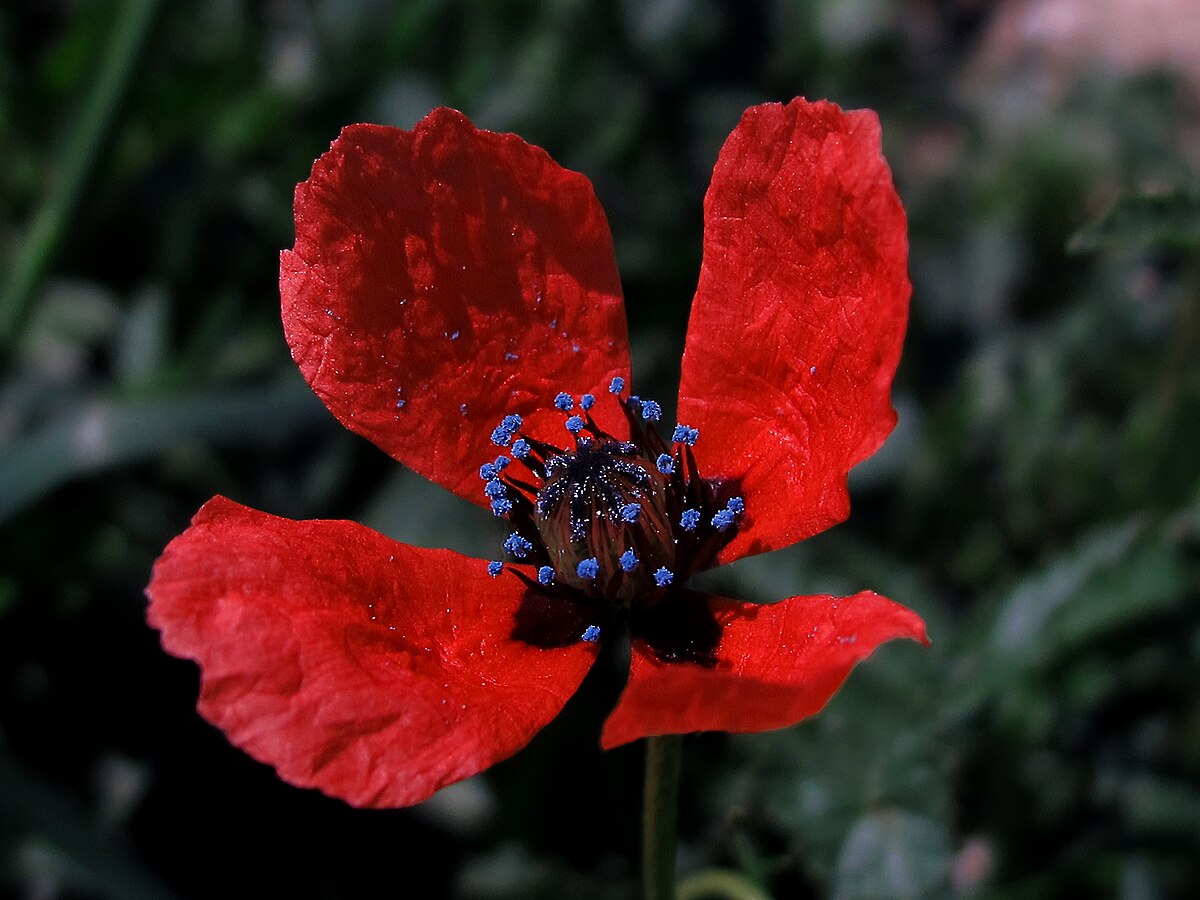
Papaver somniferum, commonly known as the opium poppy, is a plant with a rich history and a variety of uses. Did you know that this plant has been cultivated for thousands of years for its medicinal properties and its seeds, which are used in cooking? The opium poppy is not just famous for its association with opium production; its seeds are also a popular ingredient in many culinary dishes. From ancient civilizations to modern times, this plant has played a significant role in medicine, culture, and cuisine. Whether you're interested in its historical significance or its practical applications, there's much to learn about this fascinating plant. Let's dive into 28 intriguing facts about Papaver somniferum that will broaden your understanding of this unique species.
28 Facts About Papaver Somniferum
Papaver somniferum, commonly known as the opium poppy, is a fascinating plant with a rich history and numerous uses. Let's dive into some intriguing facts about this remarkable species.
Historical Significance
Papaver somniferum has played a significant role throughout history, influencing cultures and economies.
- Ancient Use: Ancient Sumerians referred to the opium poppy as the "joy plant" around 3400 BCE.
- Medicinal Purposes: Egyptians used opium for medicinal purposes as early as 1500 BCE.
- Greek Mythology: In Greek mythology, Hypnos, the god of sleep, and Morpheus, the god of dreams, were often depicted with poppies.
- Opium Wars: The Opium Wars in the 19th century between Britain and China were largely about the trade of opium derived from Papaver somniferum.
Botanical Characteristics
Understanding the plant's physical traits can help appreciate its uniqueness.
- Flower Colors: The flowers of Papaver somniferum can be white, pink, red, or purple.
- Seed Pods: The plant produces large seed pods that contain numerous tiny seeds.
- Height: It can grow up to 1.5 meters tall.
- Lifecycle: It is an annual plant, meaning it completes its lifecycle in one growing season.
Cultivation and Growth
Growing Papaver somniferum requires specific conditions and care.
- Climate: Prefers temperate climates with well-drained soil.
- Sunlight: Requires full sun to thrive.
- Watering: Needs moderate watering; overwatering can lead to root rot.
- Harvesting: Harvesting the seed pods at the right time is crucial for opium production.
Uses and Applications
Papaver somniferum is not just known for opium; it has various other uses.
- Culinary Uses: Poppy seeds are used in baking and cooking, adding a nutty flavor.
- Oil Production: Poppy seeds are pressed to produce poppy seed oil, used in cooking and cosmetics.
- Medicinal Alkaloids: Contains alkaloids like morphine and codeine, used in pain relief medications.
- Ornamental Plant: Often grown for its beautiful flowers in gardens.
Legal and Ethical Considerations
The cultivation and use of Papaver somniferum come with legal and ethical implications.
- Controlled Substance: In many countries, growing Papaver somniferum is regulated due to its potential for opium production.
- Licensing: Farmers may need special licenses to grow it legally.
- Ethical Concerns: The use of opium and its derivatives raises ethical questions about addiction and abuse.
Interesting Tidbits
Here are some lesser-known facts that might surprise you.
- Symbolism: Poppies are often used as symbols of remembrance for soldiers who died in wars.
- Seed Dormancy: Poppy seeds can remain dormant in the soil for years before germinating.
- Cultural Impact: The poppy has influenced art, literature, and music throughout history.
- Invasive Species: In some regions, Papaver somniferum can become invasive if not managed properly.
Modern-Day Relevance
The opium poppy continues to be relevant in today's world for various reasons.
- Pharmaceutical Industry: Still a primary source for many pain relief medications.
- Research: Ongoing research explores new medical uses for its alkaloids.
- Agricultural Practices: Modern farming techniques have improved the yield and quality of poppy crops.
- Economic Impact: In some countries, the cultivation of Papaver somniferum is a significant economic activity.
Fun Facts
Let's end with some fun and quirky facts about this intriguing plant.
- Poppy Seed Drug Tests: Eating poppy seeds can sometimes result in a false positive on drug tests due to trace amounts of opiates.
The Final Bloom
Papaver somniferum, or the opium poppy, is more than just a pretty flower. Its history is rich, spanning ancient civilizations to modern medicine. This plant has played roles in rituals, art, and even wars. Its seeds are a staple in kitchens worldwide, while its compounds have provided pain relief for centuries. However, it's also been at the center of addiction crises and legal battles. Understanding the dual nature of this plant helps us appreciate its complexity. Whether you're fascinated by its history or its uses, there's no denying the impact of Papaver somniferum on human culture. Next time you see a poppy, remember it's not just a flower—it's a symbol of both beauty and controversy. Keep learning, stay curious, and who knows what other fascinating facts you'll uncover about the world around you.
Was this page helpful?
Our commitment to delivering trustworthy and engaging content is at the heart of what we do. Each fact on our site is contributed by real users like you, bringing a wealth of diverse insights and information. To ensure the highest standards of accuracy and reliability, our dedicated editors meticulously review each submission. This process guarantees that the facts we share are not only fascinating but also credible. Trust in our commitment to quality and authenticity as you explore and learn with us.
